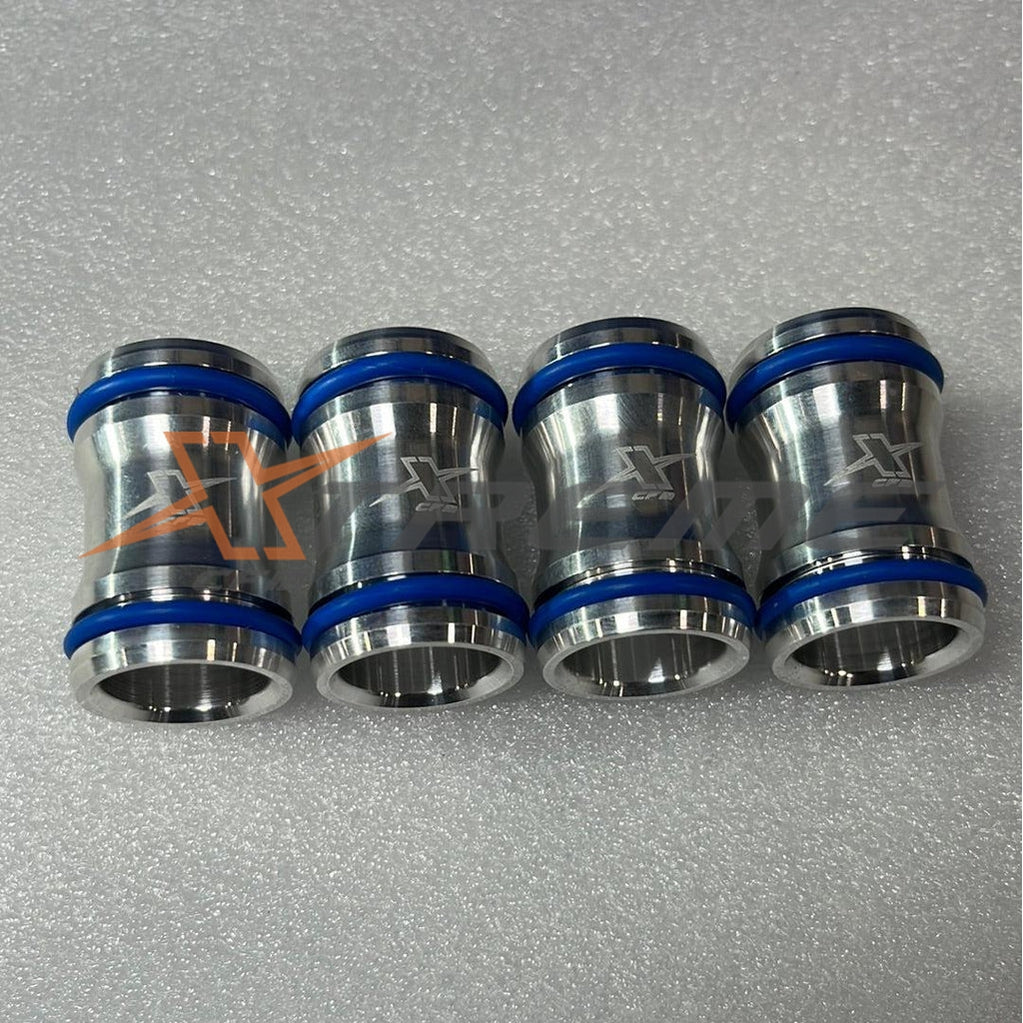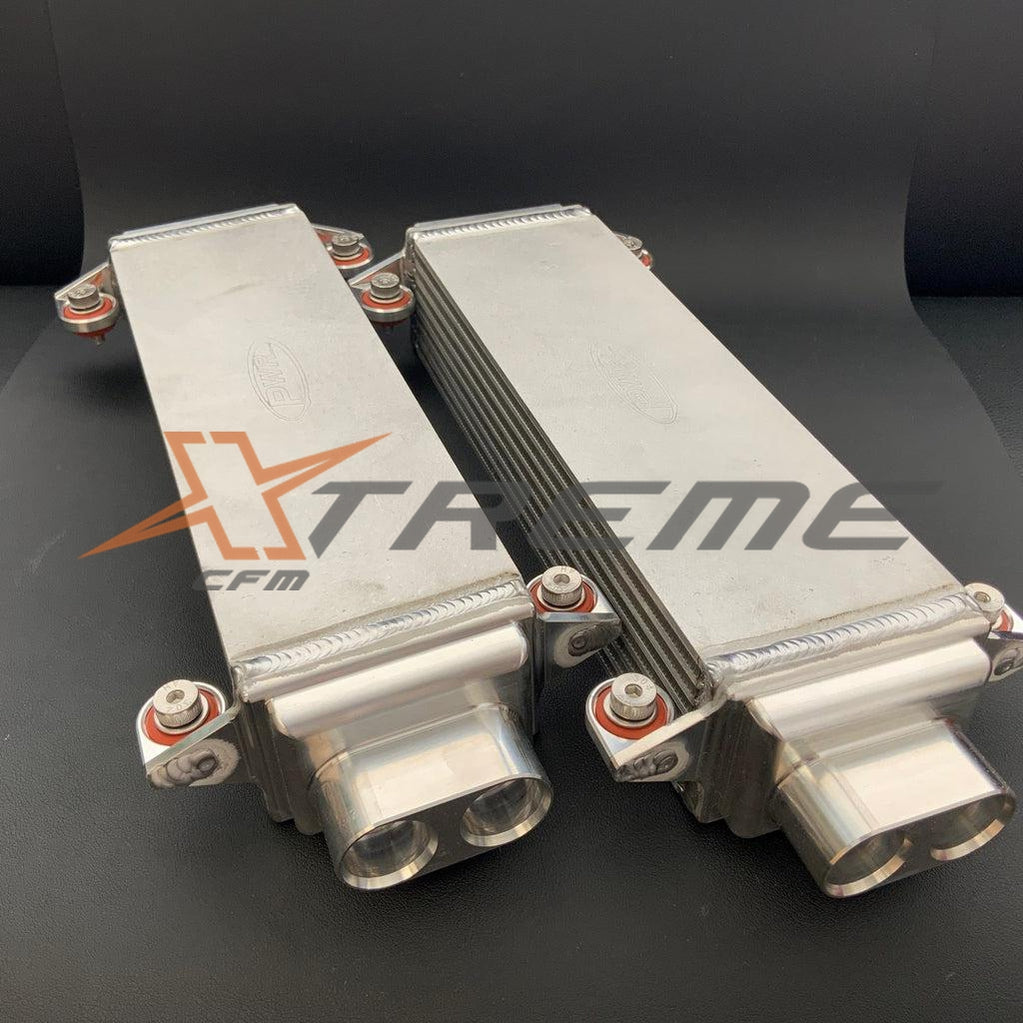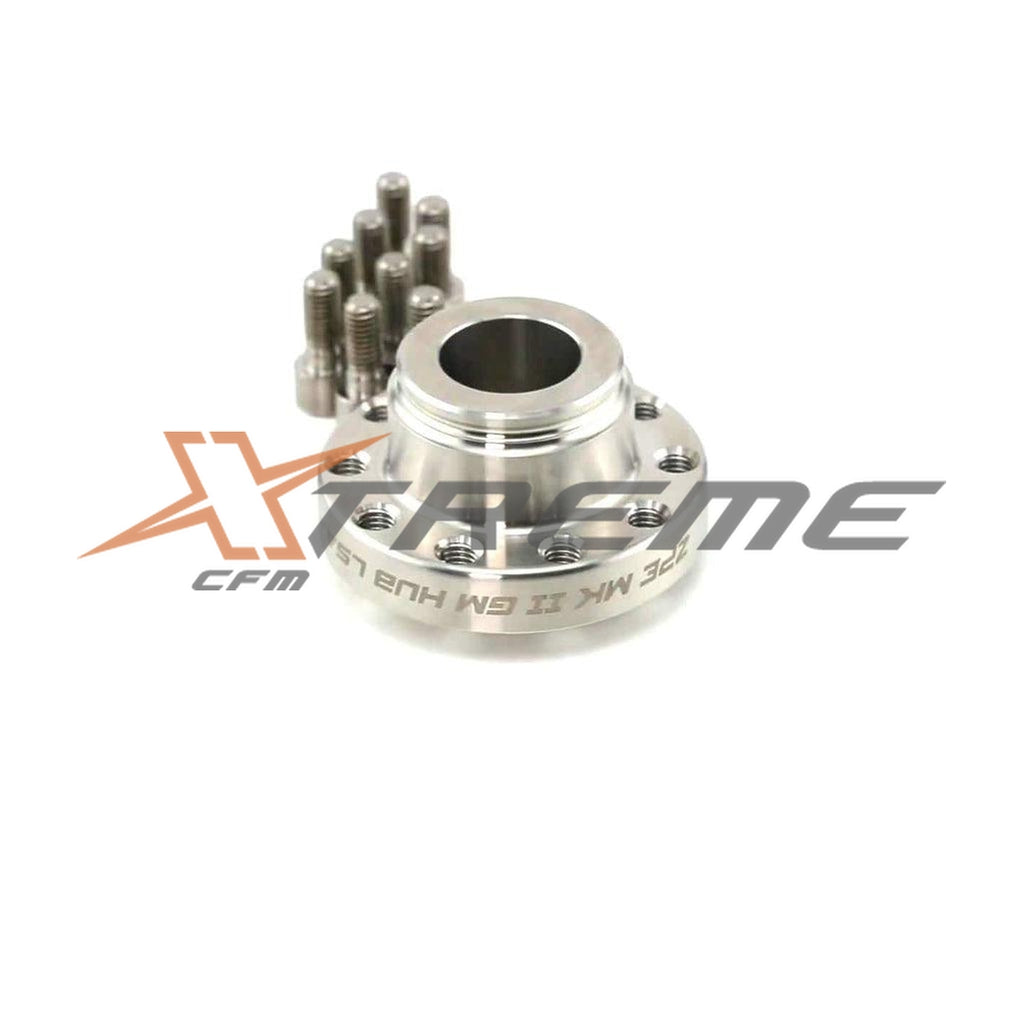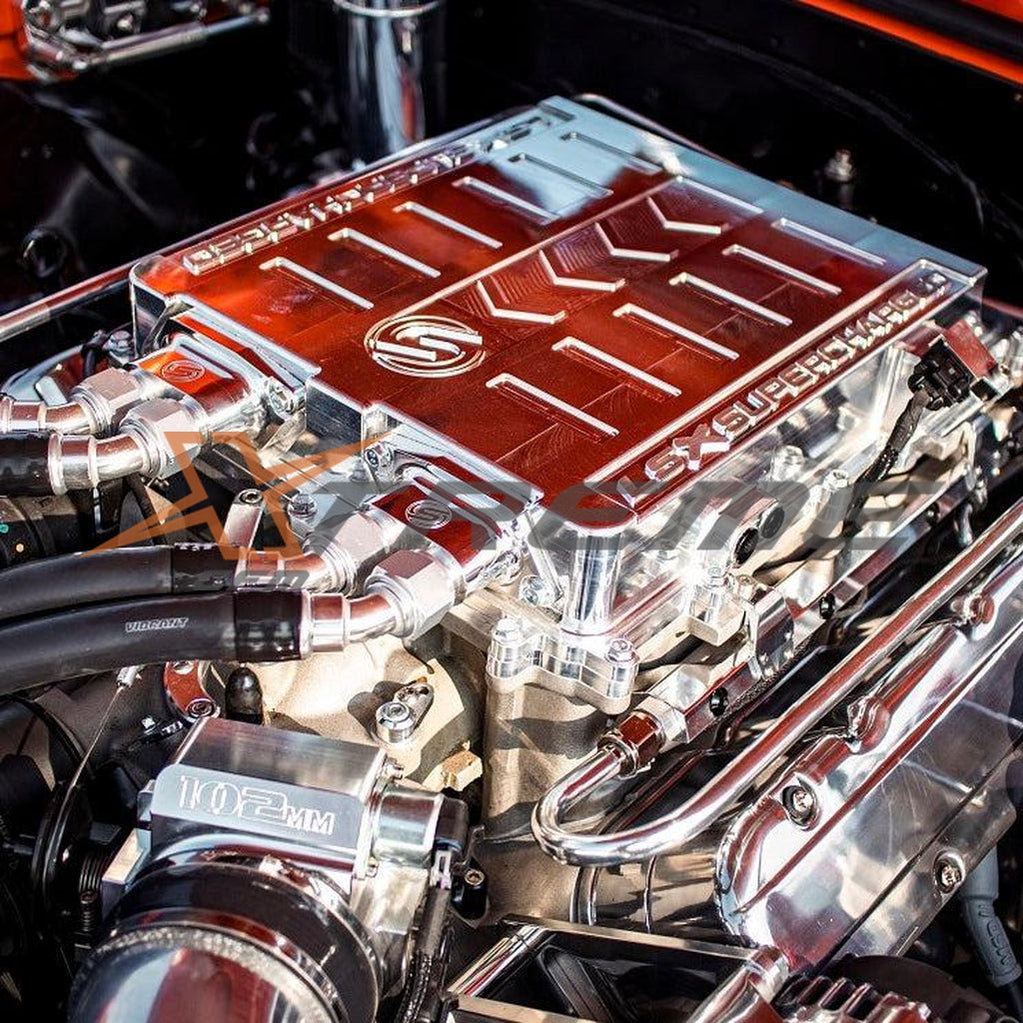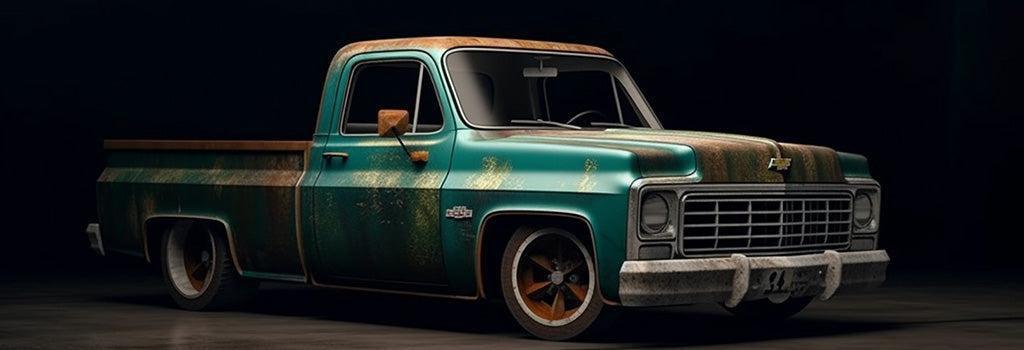
The Square Body Symphony: A Tale of the Third Generation Chevy C10 Pickup
When it comes to the world of classic trucks, few models have made as significant an impact as the third generation Chevrolet C/K series, particularly the C10 pickup. This truck, with its iconic square body design, has become a symbol of American automotive history, and its influence can still be felt in the pickup trucks of today. From its introduction in 1973 to its revival as a resto-mod in the 2020s, the C10 has been a favorite among truck enthusiasts and LS swappers alike. But what makes this truck so special? Let's take a journey through the history of the third generation Chevy C10 pickup.
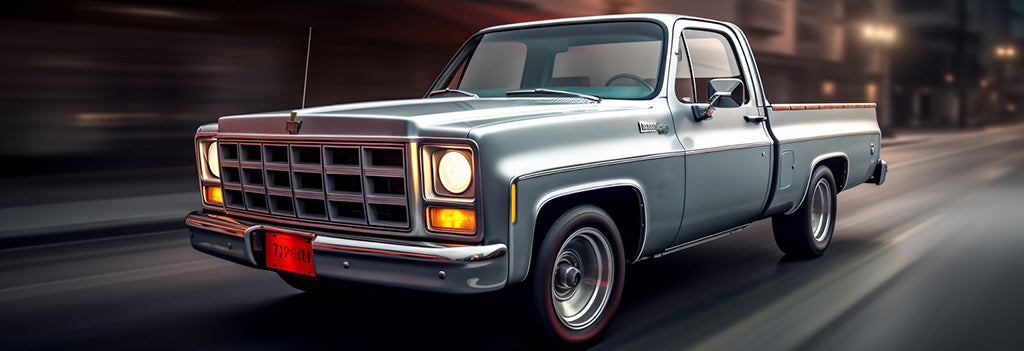
The Birth of a Legend
The third generation of the Chevrolet C/K series was introduced in 1973 as a response to the rising popularity of Ford's F-Series line of trucks. Unlike its competitors, the C/K series offered a unique combination of rugged utility and comfort, with an interior that was more akin to a sedan than a work truck. The design was so successful that it remained in production for a staggering 18 years, with General Motors making various changes to keep the truck relevant and fresh. However, the original design was robust enough to last nearly two decades.

One of the most sought-after models in this generation is the C10 pickup. The 'C' in C10 stands for two-wheel drive, distinguishing it from the 'K' series, which were four-wheel drive. The C10 was available in two cab designs, three-bed configurations, and three different wheelbase lengths. It was marketed as a 1/2 ton truck, making it a popular choice for the average consumer.
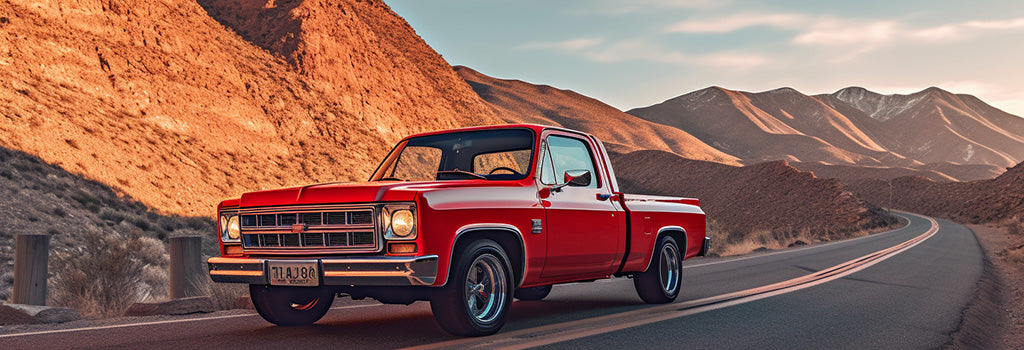
Under the Hood
At launch, the third generation C/K series was offered with a variety of engines. The base model came with a 250 cubic inch inline 6, which remained in service for nearly 16 years. Other options included a 292 cubic inch inline 6, a 307 V8, a 350 V8, and the massive 454 V8 for two-wheel drive trucks. In 1978, General Motors became the only American manufacturer to offer a light-duty truck with a diesel engine, the Oldsmobile diesel V8. This motor was an option in the 10 series trucks of the era.
Transmission choices at launch included a 3-speed manual, a 4-speed manual, or a Turbo Hydramatic 3-speed automatic. These options allowed drivers to choose the right balance of power and control for their needs.

Performance and Handling
One of the key selling points of the C10 was its impressive performance metrics. The truck was built with a focus on power, design, and handling, and it showed in its performance on the road. Over the years, enhancements were made to increase horsepower, torque, and braking capabilities. Special editions were also released, offering unique colors and features that made each year of the vehicle unique.
For example, the 1975 revision of the truck line introduced the iconic Scottsdale trim, which sat between the Custom Deluxe and the Cheyenne in terms of features. The Silverado trim also made its debut, replacing the Cheyenne Super. The Silverado name has since become iconic in the world of pickup trucks.
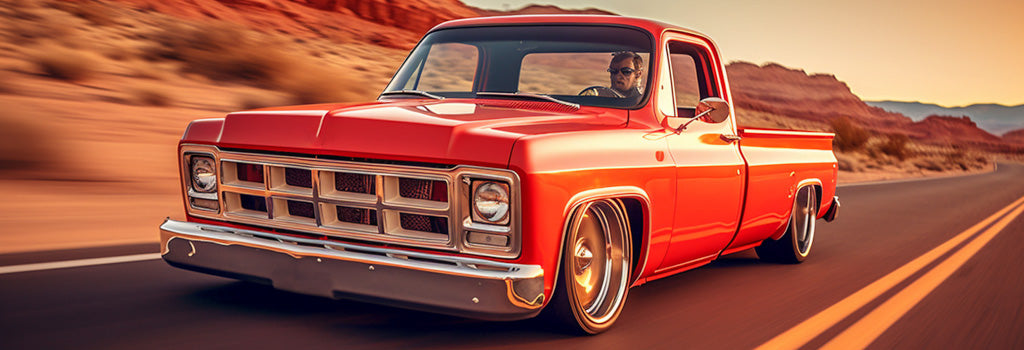
The Revival: Resto-Mods and LS Swaps
In the 2020s, the third generation C10 saw a resurgence in popularity as a resto-mod. Resto-mods, or restorations with modifications, are a way for enthusiasts to enjoy classic vehicles with modern performance and comfort. The C10, with its robust design and ample room for modifications, proved to be an ideal candidate for such projects.
One of the most popular modifications for the C10 is the LS swap. LS engines, such as the LS3 and LSA, are known for their power, reliability, and ease of modification. Swapping an LS engine into a C10 not only gives the truck a significant boost in performance, but it also allows for the addition of modern amenities such as fuel injection and air conditioning.

Comparing the C10 to Other Models
When compared to other models in the C/K series, the C10 stands out for its versatility and popularity. While the K10 and K20 models offered four-wheel drive, the C10's two-wheel drive configuration made it more accessible to the average consumer. Furthermore, the C10's wide range of configurations and options allowed buyers to customize their truck to their liking.
Compared to other trucks of its era, the C10 was ahead of its time in terms of design and comfort. While Ford's F-Series and Dodge's D-Series trucks were popular in their own right, the C10 offered a level of comfort and style that was unmatched at the time. This is one of the reasons why the C10 remains a popular choice for resto-mods today.

Fast Facts
- The third generation C/K series was in production for 18 years, from 1973 to 1991.
- The 'C' in C10 stands for two-wheel drive, while the 'K' in K10 stands for four-wheel drive.
- The C10 was available in two cab designs, three-bed configurations, and three different wheelbase lengths.
- The base model C10 came with a 250 cubic inch inline 6 engine.
- In 1978, General Motors became the only American manufacturer to offer a light-duty truck with a diesel engine.
- The C10 is a popular choice for resto-mods and LS swaps.
FAQ
Q: What is a resto-mod?
A: A resto-mod is a classic vehicle that has been restored and modified with modern parts and technology. This allows the vehicle to retain its classic look while offering modern performance and comfort.
Q: What is an LS swap?
A: An LS swap involves replacing the original engine in a vehicle with an LS engine. LS engines are a line of V8 engines produced by General Motors, known for their power, reliability, and ease of modification.
Q: What made the third generation C10 unique?
A: The third generation C10 was unique for its combination of rugged utility and comfort. It offered a variety of engines, transmissions, and configurations, allowing buyers to customize their truck to their liking. Furthermore, its design was robust enough to last nearly two decades with minimal changes.
Q: What is the difference between the 'C' and 'K' series?
A: The 'C' in C10 stands for two-wheel drive, while the 'K' in K10 stands for four-wheel drive. This allowed buyers to choose the right truck for their needs.
Q: Why is the C10 a popular choice for resto-mods?
A: The C10 is a popular choice for resto-mods due to its robust design and ample room for modifications. Its two-wheel drive configuration also makes it more accessible to the average consumer.
Q: How does the C10 compare to other trucks of its era?
A: Compared to other trucks of its era, the C10 was ahead of its time in terms of design and comfort. While other trucks were popular in their own right, the C10 offered a level of comfort and style that was unmatched at the time.
Aftermarket Upgrades
Given the C10's popularity among enthusiasts, there are a wide variety of aftermarket upgrades available for this truck. Here are a few common options:
- Cold air intakes: These can help improve engine performance by increasing the amount of cold air that enters the engine.
- Forced induction: This can significantly increase the power output of the engine. Common forms of forced induction include turbochargers and superchargers.
- Griptec Pulleys: These can improve the efficiency of the engine's belt drive system on supercharged C10 setups.
Whether you're looking to restore a classic C10 or turn it into a high-performance machine, there are plenty of aftermarket options available to help you achieve your goals.

Conclusion
The third generation Chevy C10 pickup is more than just a truck - it's a symbol of American automotive history. From its introduction in 1973 to its revival as a resto-mod in the 2020s, the C10 has left a lasting impact on the world of pickup trucks. Whether you're a truck enthusiast, a resto-mod fan, or just someone who appreciates classic vehicles, there's no denying the charm and appeal of the C10.
So, whether you're cruising down the highway in a restored classic or tearing up the track in a high-performance resto-mod, remember to tip your hat to the third generation Chevy C10 pickup - a true legend in the world of trucks.
And remember, if you're looking to take your C10 to the next level, be sure to check out our wide range of popular XtremeCFM products.
- Choosing a selection results in a full page refresh.



